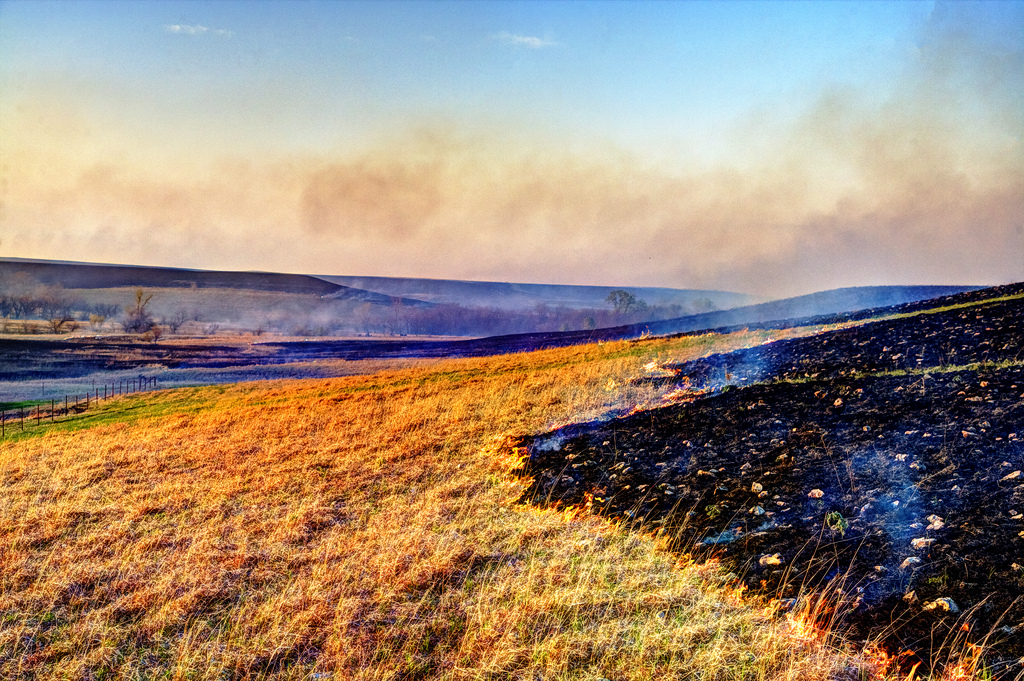Reading the article “Gehry’s Changes to the Eisenhower Memorial Meet with Further Resistance” from Architect Magazine written by Witold Rybczynski concerning the seemingly constant redesign of the Eisenhower Memorial in the District of Columbia, I was struck to two things. First, to defend the Kansas landscape, a critical remark attributed to no one, stated that the landscape depicted on the 440 foot long tapestry panels could be Kazakhstan as well as Kansas (calling to mind the state Eisenhower was born in). Rep. Darrell Issa (R-Cal), an ex-officio member of the National Capital Planning Commission, the organization currently reviewing the project, stated that he’s “been in Kazakhstan, and he’s right.” Let me please be the first to remind everyone Kansas, as well as Kazakhstan, are both home to tallgrass prairie landscapes, which are unique biomes and are rare in the world. In fact, the rarity is so unique that the National Park Service commissioned the Tallgrass Prairie National Preserve (nps.gov, for more information) in Chase County, Kansas just 75 miles from Gen. Eisenhower’s birthplace in Abilene, Kansas. Kazakhstan lies in the Central region of the Eurasian Steppe, a vast grassland that extends from the Danube River to the Pacific Ocean. The Central portion (or Kazakh Steppe) is defined more accurately as the region between the Ural Mountains in Russia and Dzungaria in China. Instead of criticizing the fact that Kansas may not be distinguishable from Kazakhstan, why not bring awareness to the similarities of these two regions a world apart from each other. Our history in Kansas is tied to the western steppe region in southern Russia. Our ancestry, our traditions, and our agriculture are all prairie-based and visitors to D.C. should be aware of that. Yes, we have trees and valleys, but Kansas is mostly prairie and that is what should be shown, as this is the landscape Gen. Eisenhower would be most familiar with from his childhood.
The second thing I became aware of the issues surrounding the planning process. While the author chose to focus on the perceived over-stepping of the planning committee’s boundary in the survey process, I take a broader exception to my perception that the boundaries may not be fully understood by the committee and that an ex-officio member of the committee needs to state the pragmatically obvious to those who are in charge. Concurrently, there seems to be a need for a moderator of the discussion to help keep the boundaries well defined and the conversations focused. Likewise, if there are concurrent questions of aesthetic, which apparently fall under the direction of the Commission of Fine Arts, and planning, why aren’t all voices in the room at the same time? Would this conversation be more beneficial to the designer if all comments were made in a comprehensive manner. Rep. Issa’s desire for pragmatism at this point would be more useful if all stakeholders and agencies were in the room, that way a clear, purposeful direction would be delivered to the designers and time, money, and patience in the process wouldn’t be wasted.

